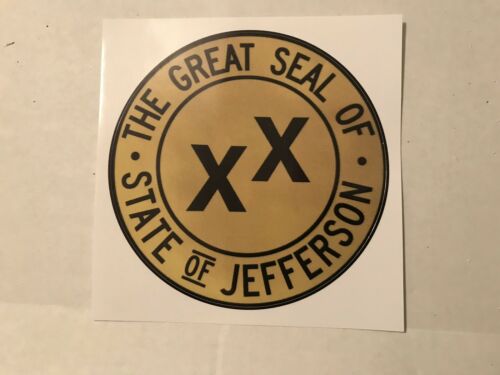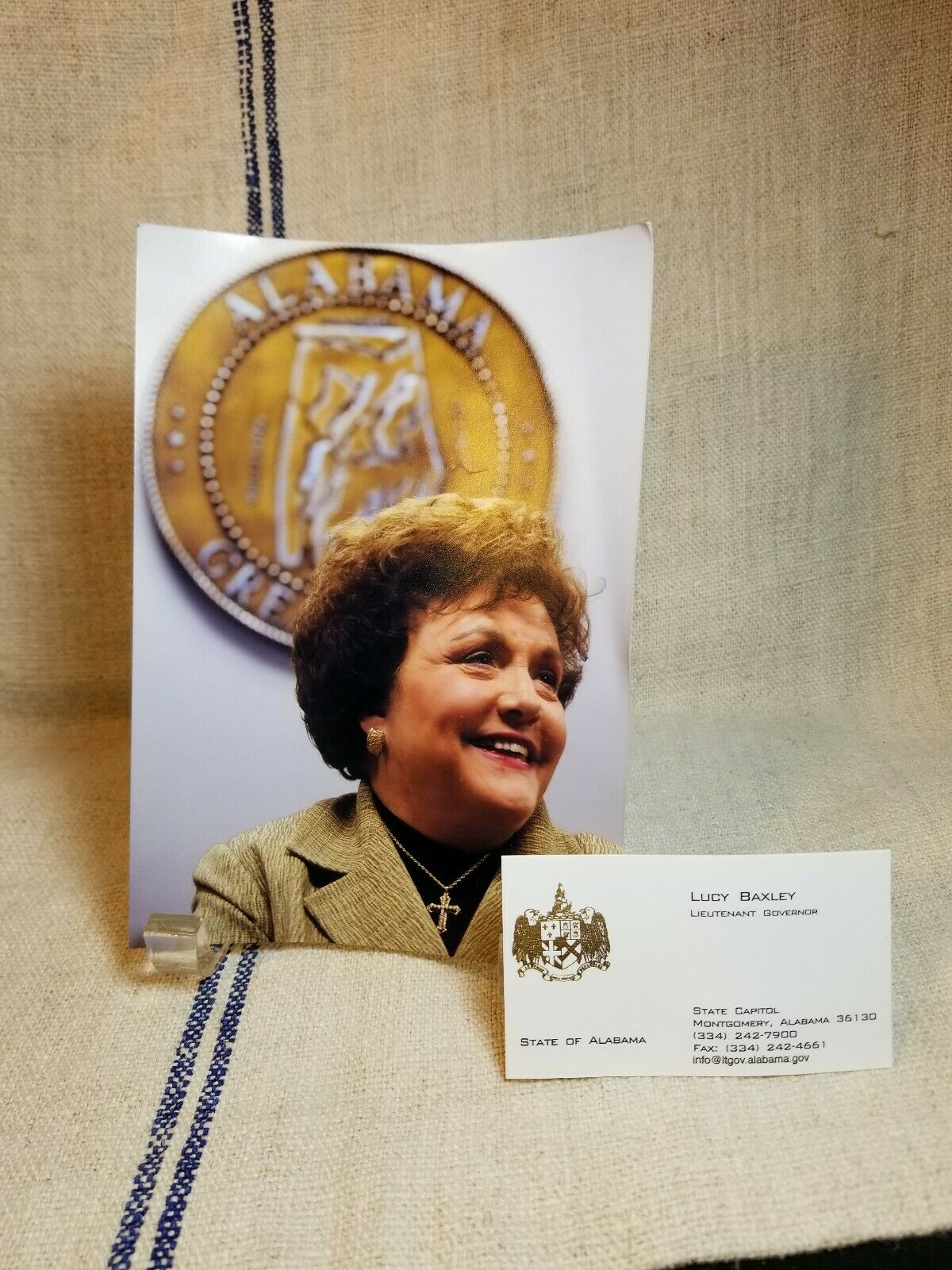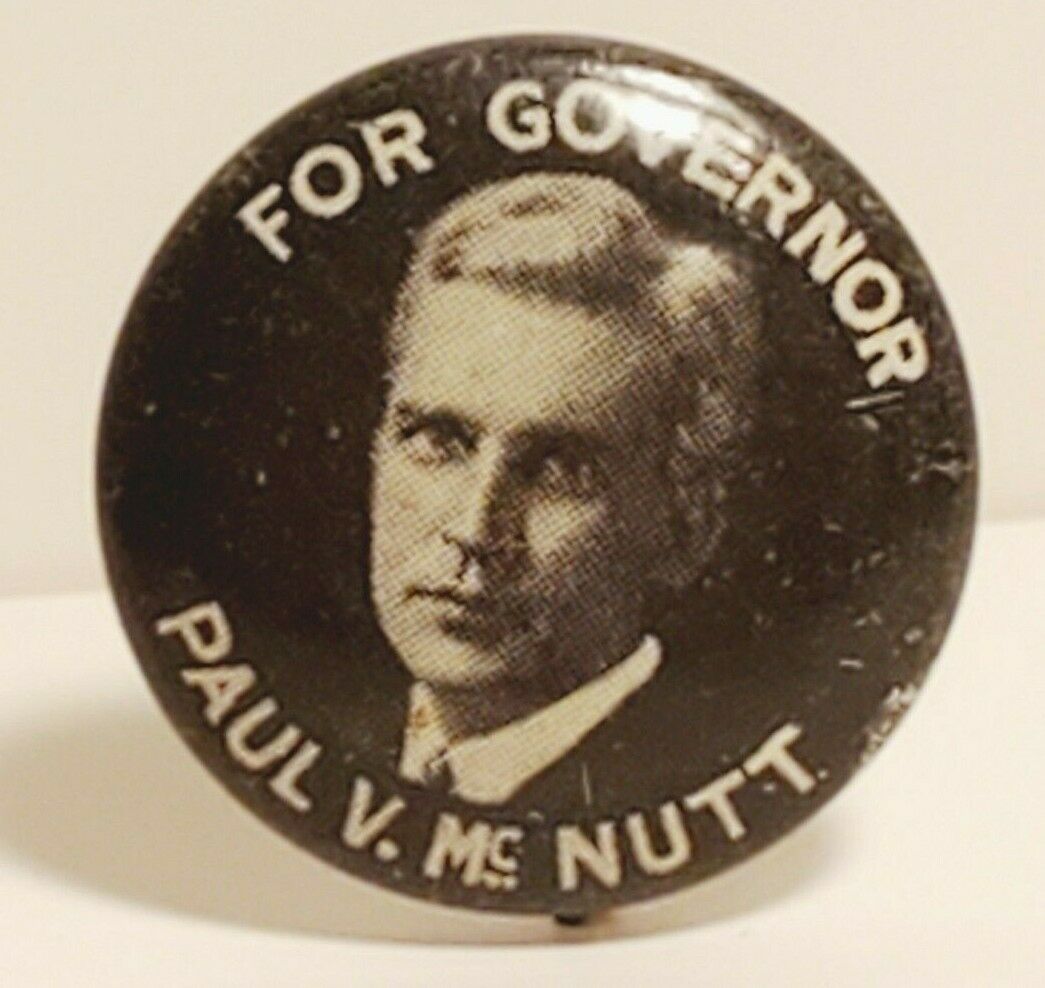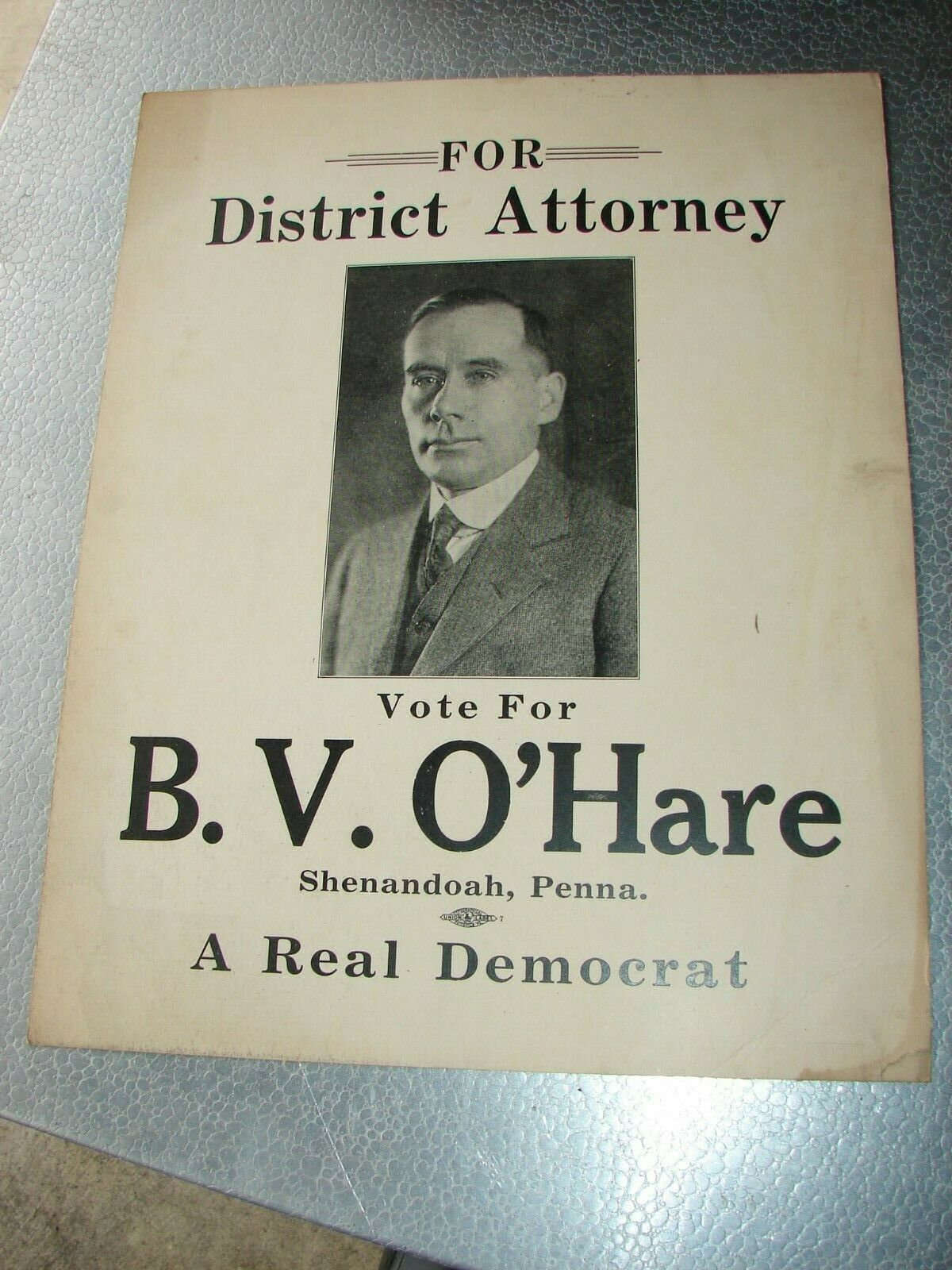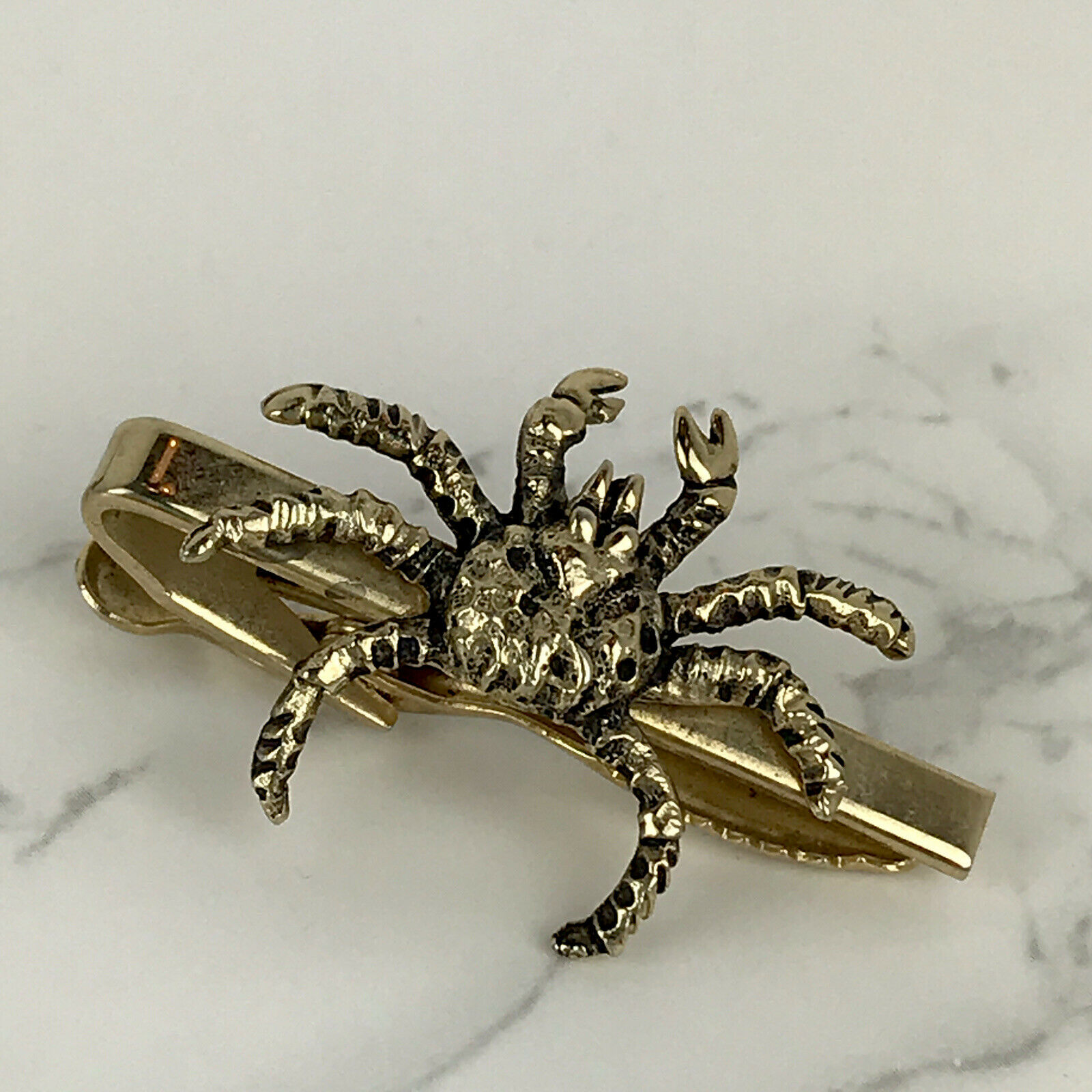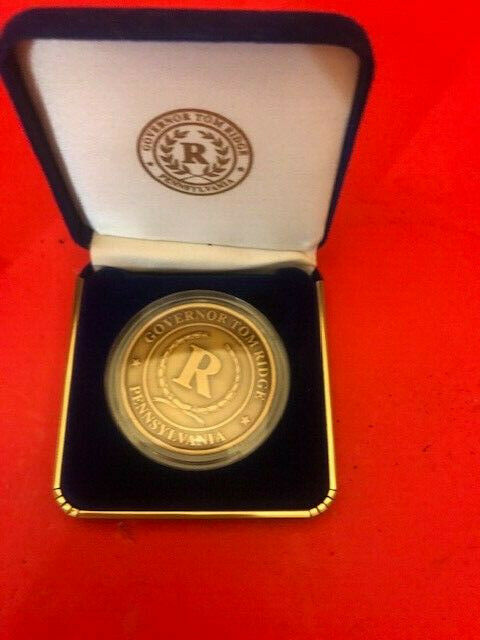-40%
1966 -1967 Anti Ronald Reagan Far Right Vietnam War Berkeley Free Speech Sticker
$ 3.66
- Description
- Size Guide
Description
THIS LISTING BEGAN ON APRIL 15, 2021 ANDWILL END WITHIN 30 DAYS, OR ON OR BEFORE MAY 14, 2021
, IF ITEM IS NOT SOLD
OFFERED FOR SALE IS THIS
APPROX 4 INCH BY 7 1/4 INCH PAPER STICKER
IN WHAT I BELIEVE TO BE REALLY GREAT SHAPE.
HOWEVER, THAT IS JUST MY OPINION. SEE PHOTOS FOR CONDITION, AND YOU BE THE JUDGE.
GUARANTEED AUTHENTIC AND ORIGINAL AS DESCRIBED
.
Check out my other Political and Social Protest and Cause items
,
INCLUDING "Reagan is Right FAR RIGHT" stickers in other colors
.
This wall or bumper sticker was issued and sold circa 1966 to 1967 in protest of candidate for Governor and Governor of California Ronald Reagan (aka
Ronald RayGun, the Fascist Gun in the West
). The sticker reads:
REGAN
IS RIGHT
FAR RIGHT
.
Ronald Reagan launched his political career
in
1966
by
targeting UC Berkeley's student peace activists, professors
, and, to a great extent, the University of California itself. In his successful campaign for governor of California, his first elective office,
he attacked the Berkeley campus
, cementing what would remain a turbulent relationship between Reagan and California's leading institution for public higher education.
Reagan and FBI Director Hoover interacted throughout the campaign about dealing with student protesters
.
As the Vietnam War expanded and the death toll climbed, students at
Berkeley
launched a determined and, at times, confrontational
attempt to stop the war with demonstrations and protests
that eventually spread to college campuses across the country. Years later, much of the public came to agree with the students but in 1966, those opposed to the war were a
distinct minority in America
. Candidate Reagan capitalized on this.
Smelser, assistant chancellor for educational development at the time Reagan ran for office, recalled that "
Reagan took aim
at the university for being irresponsible for
failing to punish these dissident students
. He said, '
Get them out of there. Throw them out. They are spoiled
and don't deserve the education they are getting. They don't have a right to take advantage of our system of education.'"
Reagan had
two themes
in his first run for office. The man who later became known as "
The Great Communicator
" vowed to
send "the welfare bums back to work,"
and "
to clean up the mess at Berkeley
." The latter became a Reagan mantra.
Earl Cheit, dean emeritus of the Haas School of Business, was executive vice chancellor at Berkeley from 1965 to 1969. Like many at Berkeley, he remembers being at the wrong end of Reagan's political broom.
"Incidents of campus disruption and reports about what was going on here –
often exaggerated reports
– became a standard part of his campaign rhetoric," said Cheit. "
Reagan also argued
that the
faculty was too permissive, or supportive
, of the students. One of his great skills was to understand popular feeling. He really
tapped into the discontent people felt about what was happening on the campus
. I have no doubt that this was a big factor in his election as governor."
After defeating incumbent governor Edmund G. "Pat" Brown,
Reagan did not relent in his campaign to "clean up the mess" at Berkeley
.
Said Smelser, "The
governor could not intervene directly
in the administration of Berkeley. The
two weapons
he had were
verbal abuse and the budget
. He heaped a great deal of abuse on the Berkeley campus, and particularly on liberals and liberal faculties.
He even singled out
sociology and philosophy
as hotbeds
. He tried to cut the budget. And,
he did get Clark Kerr fired as UC president
."
Kerr was fired
three weeks after Reagan took office
. The act was the culmination of a process that began long before, when then-
FBI director J. Edgar Hoover first tried to persuade Kerr to crack down hard on Berkeley students
involved in the
1964 Free Speech Movement
, which Hoover alleged was a front for communist sympathizers. Unable to convince Kerr,
Hoover turned to gubernatorial candidate Reagan, a rising conservative star.
As revealed by a
2002 investigation
by San Francisco Chronicle reporter Seth Rosenfeld,
Reagan and the FBI interacted throughout the campaign
about dealing with
Kerr
and the
student protesters
.
Cheit said
Kerr's firing galvanized the campus
. "The firing of Clark Kerr really caught the attention of everybody on campus and to a great extent unified the students and faculty. It was a very emotional time. Most fundamentally, because of the constitutional independence of the university, the idea that a governor could force out a president was very disturbing."
John Douglass, a historian and senior research fellow at UC Berkeley's Center for Studies in Higher Education, faulted Reagan for a "failure to understand the importance of the University of California in the life of the citizens of this state." Douglass said that after his election in
1966, Reagan proposed cutting the UC budget by 10 percent across the board
. He also proposed that, for the first time,
UC charge tuition and suggested that Berkeley sell collections of rare books in the Bancroft Library
.
T
his underground pinback button pin or badge relates to+ the Hippie (or Hippy) Counterculture Movement of the psychedelic Sixties (1960's) and Seventies (1970's). That movement included such themes and topics as peace, protest, civil rights, radical, socialist, communist, anarchist, union labor strikes, drugs, marijuana, pot, weed, lsd, acid, sds, iww, anti draft, anti war, anti rotc, welfare rights, poverty, equal rights, integration, gay, women's rights, black panthers, black power, left wing, liberal, etc. progressive political movement and is guaranteed to be genuine as described.
The strategy and methods that the Deacons employed attracted the attention and concern of the Federal Bureau of Investigation (FBI), which authorized an investigation into the group’s activities. The investigation stalled, however, when more influential black power organizations such as US and the
Black Panther Party
emerged after the
1965 Watts Riot
. With public attention, and the attention of the FBI focused elsewhere, the Deacons lost most of their notoriety and slowly declined in influence. By 1968 they were all but extinct. In 2003 the activities of the Deacons was the subject of a 2003, “Deacons for Defense.” - See more at: /aah/deacons-defense-and-justice#sthash.s6D3h3ZZ.dpuf
On July 10, 1964, a group of African American men in Jonesboro,
Louisiana
led by Earnest “Chilly Willy” Thomas and Frederick Douglas Kirkpatrick founded the group known as The Deacons for Defense and Justice to protect members of the
Congress of Racial Equality (CORE)
against Ku Klux Klan violence. Most of the “Deacons” were veterans of
World War II
and the
Korean War
. The Jonesboro chapter organized its first affiliate chapter in nearby Bogalusa, Louisiana led by Charles Sims, A.Z. Young and Robert Hicks. Eventually they organized a third chapter in Louisiana. The Deacons tense confrontation with the Klan in Bogalusa was crucial in forcing the federal government to intervene on behalf of the local African American community. The national attention they garnered also persuaded state and national officials to initiate efforts to neutralize the Klan in that area of the Deep South.
The Deacons emerged as one of the first visible self-defense forces in the South and as such represented a new face of the
civil rights
movement. Traditional civil rights organizations remained silent on them or repudiated their activities. They were effective however in providing protection for local African Americans who sought to register to vote and for white and black civil rights workers in the area. The Deacons, for example, provided security for the 1966 March Against Fear from Memphis to Jackson,
Mississippi
. Moreover their presence in Southeastern Louisiana meant that the Klan would no longer be able to intimidate and terrorize local African Americans without challenge.
The strategy and methods that the Deacons employed attracted the attention and concern of the Federal Bureau of Investigation (FBI), which authorized an investigation into the group’s activities. The investigation stalled, however, when more influential black power organizations such as US and the
Black Panther Party
emerged after the
1965 Watts Riot
. With public attention, and the attention of the FBI focused elsewhere, the Deacons lost most of their notoriety and slowly declined in influence. By 1968 they were all but extinct. In 2003 the activities of the Deacons was the subject of a 2003, “Deacons for Defense.” - See more at: /aah/deacons-defense-and-justice#sthash.s6D3h3ZZ.dpuf
On July 10, 1964, a group of African American men in Jonesboro,
Louisiana
led by Earnest “Chilly Willy” Thomas and Frederick Douglas Kirkpatrick founded the group known as The Deacons for Defense and Justice to protect members of the
Congress of Racial Equality (CORE)
against Ku Klux Klan violence. Most of the “Deacons” were veterans of
World War II
and the
Korean War
. The Jonesboro chapter organized its first affiliate chapter in nearby Bogalusa, Louisiana led by Charles Sims, A.Z. Young and Robert Hicks. Eventually they organized a third chapter in Louisiana. The Deacons tense confrontation with the Klan in Bogalusa was crucial in forcing the federal government to intervene on behalf of the local African American community. The national attention they garnered also persuaded state and national officials to initiate efforts to neutralize the Klan in that area of the Deep South.
The Deacons emerged as one of the first visible self-defense forces in the South and as such represented a new face of the
civil rights
movement. Traditional civil rights organizations remained silent on them or repudiated their activities. They were effective however in providing protection for local African Americans who sought to register to vote and for white and black civil rights workers in the area. The Deacons, for example, provided security for the 1966 March Against Fear from Memphis to Jackson,
Mississippi
. Moreover their presence in Southeastern Louisiana meant that the Klan would no longer be able to intimidate and terrorize local African Americans without challenge.
The strategy and methods that the Deacons employed attracted the attention and concern of the Federal Bureau of Investigation (FBI), which authorized an investigation into the group’s activities. The investigation stalled, however, when more influential black power organizations such as US and the
Black Panther Party
emerged after the
1965 Watts Riot
. With public attention, and the attention of the FBI focused elsewhere, the Deacons lost most of their notoriety and slowly declined in influence. By 1968 they were all but extinct. In 2003 the activities of the Deacons was the subject of a 2003, “Deacons for Defense.” - See more at: /aah/deacons-defense-and-justice#sthash.s6D3h3ZZ.dpuf
On July 10, 1964, a group of African American men in Jonesboro,
Louisiana
led by Earnest “Chilly Willy” Thomas and Frederick Douglas Kirkpatrick founded the group known as The Deacons for Defense and Justice to protect members of the
Congress of Racial Equality (CORE)
against Ku Klux Klan violence. Most of the “Deacons” were veterans of
World War II
and the
Korean War
. The Jonesboro chapter organized its first affiliate chapter in nearby Bogalusa, Louisiana led by Charles Sims, A.Z. Young and Robert Hicks. Eventually they organized a third chapter in Louisiana. The Deacons tense confrontation with the Klan in Bogalusa was crucial in forcing the federal government to intervene on behalf of the local African American community. The national attention they garnered also persuaded state and national officials to initiate efforts to neutralize the Klan in that area of the Deep South. - See more at: /aah/deacons-defense-and-justice#sthash.s6D3h3ZZ.dpuf
The strategy and methods that the Deacons employed attracted the attention and concern of the Federal Bureau of Investigation (FBI), which authorized an investigation into the group’s activities. The investigation stalled, however, when more influential black power organizations such as US and the
Black Panther Party
emerged after the
1965 Watts Riot
. With public attention, and the attention of the FBI focused elsewhere, the Deacons lost most of their notoriety and slowly declined in influence. By 1968 they were all but extinct. In 2003 the activities of the Deacons was the subject of a 2003, “Deacons for Defense.” - See more at: /aah/deacons-defense-and-justice#sthash.s6D3h3ZZ.dpuf
On July 10, 1964, a group of African American men in Jonesboro,
Louisiana
led by Earnest “Chilly Willy” Thomas and Frederick Douglas Kirkpatrick founded the group known as The Deacons for Defense and Justice to protect members of the
Congress of Racial Equality (CORE)
against Ku Klux Klan violence. Most of the “Deacons” were veterans of
World War II
and the
Korean War
. The Jonesboro chapter organized its first affiliate chapter in nearby Bogalusa, Louisiana led by Charles Sims, A.Z. Young and Robert Hicks. Eventually they organized a third chapter in Louisiana. The Deacons tense confrontation with the Klan in Bogalusa was crucial in forcing the federal government to intervene on behalf of the local African American community. The national attention they garnered also persuaded state and national officials to initiate efforts to neutralize the Klan in that area of the Deep South.
The Deacons emerged as one of the first visible self-defense forces in the South and as such represented a new face of the
civil rights
movement. Traditional civil rights organizations remained silent on them or repudiated their activities. They were effective however in providing protection for local African Americans who sought to register to vote and for white and black civil rights workers in the area. The Deacons, for example, provided security for the 1966 March Against Fear from Memphis to Jackson,
Mississippi
. Moreover their presence in Southeastern Louisiana meant that the Klan would no longer be able to intimidate and terrorize local African Americans without challenge.
The strategy and methods that the Deacons employed attracted the attention and concern of the Federal Bureau of Investigation (FBI), which authorized an investigation into the group’s activities. The investigation stalled, however, when more influential black power organizations such as US and the
Black Panther Party
emerged after the
1965 Watts Riot
. With public attention, and the attention of the FBI focused elsewhere, the Deacons lost most of their notoriety and slowly declined in influence. By 1968 they were all but extinct. In 2003 the activities of the Deacons was the subject of a 2003, “Deacons for Defense.” - See more at: /aah/deacons-defense-and-justice#sthash.s6D3h3ZZ.dpuf
On July 10, 1964, a group of African American men in Jonesboro,
Louisiana
led by Earnest “Chilly Willy” Thomas and Frederick Douglas Kirkpatrick founded the group known as The Deacons for Defense and Justice to protect members of the
Congress of Racial Equality (CORE)
against Ku Klux Klan violence. Most of the “Deacons” were veterans of
World War II
and the
Korean War
. The Jonesboro chapter organized its first affiliate chapter in nearby Bogalusa, Louisiana led by Charles Sims, A.Z. Young and Robert Hicks. Eventually they organized a third chapter in Louisiana. The Deacons tense confrontation with the Klan in Bogalusa was crucial in forcing the federal government to intervene on behalf of the local African American community. The national attention they garnered also persuaded state and national officials to initiate efforts to neutralize the Klan in that area of the Deep South.
The Deacons emerged as one of the first visible self-defense forces in the South and as such represented a new face of the
civil rights
movement. Traditional civil rights organizations remained silent on them or repudiated their activities. They were effective however in providing protection for local African Americans who sought to register to vote and for white and black civil rights workers in the area. The Deacons, for example, provided security for the 1966 March Against Fear from Memphis to Jackson,
Mississippi
. Moreover their presence in Southeastern Louisiana meant that the Klan would no longer be able to intimidate and terrorize local African Americans without challenge.
The strategy and methods that the Deacons employed attracted the attention and concern of the Federal Bureau of Investigation (FBI), which authorized an investigation into the group’s activities. The investigation stalled, however, when more influential black power organizations such as US and the
Black Panther Party
emerged after the
1965 Watts Riot
. With public attention, and the attention of the FBI focused elsewhere, the Deacons lost most of their notoriety and slowly declined in influence. By 1968 they were all but extinct. In 2003 the activities of the Deacons was the subject of a 2003, “Deacons for Defense.” - See more at: /aah/deacons-defense-and-justice#sthash.s6D3h3ZZ.dpuf
On July 10, 1964, a group of African American men in Jonesboro,
Louisiana
led by Earnest “Chilly Willy” Thomas and Frederick Douglas Kirkpatrick founded the group known as The Deacons for Defense and Justice to protect members of the
Congress of Racial Equality (CORE)
against Ku Klux Klan violence. Most of the “Deacons” were veterans of
World War II
and the
Korean War
. The Jonesboro chapter organized its first affiliate chapter in nearby Bogalusa, Louisiana led by Charles Sims, A.Z. Young and Robert Hicks. Eventually they organized a third chapter in Louisiana. The Deacons tense confrontation with the Klan in Bogalusa was crucial in forcing the federal government to intervene on behalf of the local African American community. The national attention they garnered also persuaded state and national officials to initiate efforts to neutralize the Klan in that area of the Deep South. - See more at: aah/deacons-defense-and-justice#sthash.s6D3h3ZZ.dpuf
THIS IS MY HOBBY AND IS
NOT A BUSINESS
. THIS AND MY OTHER ITEMS ON EBAY ARE FROM MY PERSONAL COLLECTIONS AND WERE NOT INITIALLY ACQUIRED BY ME FOR RESALE. PROCEEDS GO TO BUY OTHER STUFF I AM INTERESTED IN COLLECTING.
I HAVE BEEN A LONGTIME MEMBER OF
A. P. I .C. (AMERICAN POLITICAL ITEMS COLLECTORS)
. IF YOU ARE NOT A MEMBER, YOU SHOULD CONSIDER JOINING.
IT IS A GREAT ORGANIZATION!
SHIPPING:
ITEMS WILL BE SAFELY PACKED TO AVOID DAMAGE DURING SHIPPING. ITEMS ARE SHIPPED BY FIRST CLASS MAIL.
SHIPPING TO DESTINATIONS
WITHIN THE UNITED STATES
IS
.50.
OUTSIDE THE UNITED STATES
, SHIPPING IS
.00.
I WILL
REDUCE SHIPPING CHARGES ON MULTIPLE ITEMS
. HOWEVER,
YOU MUST WAIT TO PAY UNTIL YOU RECEIVE AN INVOICE WITH REDUCED SHIPPING COSTS
. YOU CAN ALSO REQUEST ONE. ONCE YOU HAVE PAID INDIVIDUAL SHIPPING CHARGES FOR MULTIPLE ITEMS, I CANNOT REFUND THEM IN PART OR IN FULL.
SO PLEASE WAIT TO PAY
.
THANK YOU FOR YOUR INTEREST.


